
Mung bean sprouts are delicious, crunchy, and very popular. They’re fantastic in stir-fries, where they add extra nutrients and bulk to the recipe. You can even fry them on their own to create an easy side.
Of course, cooking mung beans softens them, so many people eat them raw instead. For example, you might use raw mung bean sprouts as a garnish, mix them into your coleslaw for extra crunch, or simply add them to a sandwich.
Yet, despite their popularity, there’s a crucial question – can you eat mung bean sprouts raw? This is an important area to consider, as there are a few concerning things about raw sprouts.
The short answer is that you can eat mung bean sprouts raw, but there are risks to doing so. The sprouts are also riskier than many other types of produce because the conditions used to sprout the mung beans are ideal for the growth of microbes. So, you can easily grow harmful bacteria while you sprout your mung beans.
To keep yourself safe, it’s best to fully cook your sprouts before eating them. If you love the crunch of raw mung bean sprouts, then focus on those marked as ‘ready to eat’. Better still, try sprouting the mung beans yourself. Doing so and following good food safety practices minimizes your risk (but doesn’t remove it completely).
Can You Eat Mung Bean Sprouts Raw?

Mung bean sprouts are often served raw, particularly in Asian dishes and as a garnish. Many people eat them this way regularly without apparent side effects.
This means that eating raw mung bean sprouts is certainly possible. Then again, that’s not really the question.
Think of it this way – most types of food can technically be eaten raw, including some unexpected types like pasta and potatoes. Plenty of non-food items can be too. The thing to think about is the balance of benefits and risks. As you’ll see mung beans do carry some risks and can even be dangerous for vulnerable populations.
The Risks Of Mung Bean Sprouts
The biggest risk with mung bean sprouts comes from bacterial contamination, like E. coli or Salmonella. These microbes can cause some rough symptoms, including diarrhea, stomach cramps, nausea, a headache, and muscle aches.
Most of the time, food poisoning from mung bean sprouts will pass naturally on its own, without the need for medication or a hospital visit. Still… the symptoms aren’t any fun when you have them and might require you to take time off work or cancel your plans. Who wants that?
Why Mung Bean Sprouts Are Riskier Than Normal
Now, there’s some risk of contamination with most types of food, including regular garden produce like lettuce. This contamination can come from a variety of sources, including water and parts of the supply chain.
However, there’s an extra factor with sprouts, as you need a warm and humid environment to sprout your mung beans. This is a big problem, as that’s also the best possible environment for microbe growth.
There are other issues as well, such as how the sprouts are difficult to wash thoroughly and how they can get contaminated at multiple stages. Contamination often won’t be visible either, so you can’t simply inspect your sprouts before eating them. Because of this, it’s easy for the sprouts to end up contaminated and make you sick as a result.
Indeed, sometimes sprouts become contaminated because the seeds themselves were contaminated. This means that even carefully sprouting the beans yourself doesn’t guarantee they’ll be safe.
Are The Risks Overblown?
Despite these warnings, mung bean sprouts mightn’t sound like a big deal. After all, plenty of people eat them raw without an issue. Yet, cases of food poisoning from raw sprouts are more common than you might think.
Food poisoning is also a pretty big deal. For one thing, the symptoms suck and might keep you off work or school for a few days while you recover.
And, while most people recover without medical intervention and without long-term negative effects, there are always exceptions. The symptoms can even sometimes be dangerous, especially if you have a compromised immune system or serious underlying health issues.
The Benefits Of Raw Mung Bean Sprouts

Mung bean sprouts have plenty of benefits. For one, they’re a fantastic source of protein, fiber, and nutrients, not to mention antioxidants. These features are all powerful for health, helping to lower disease risk and ensure your body functions well.
It’s also good to be getting the protein and fiber without the fat normally found in animal products. Plus, because mung beans are legumes, mung bean sprouts are suitable for vegetarians and vegans.
There’s another cool thing too – sprouting increases the bioavailability of some nutrients in mung beans. This is partly because sprouting breaks down some of the antinutrients in beans, due to increased enzyme activity. The beans become easier to digest as well, which is great news for anyone with a sensitive digestive system.
There’s just one catch – none of these benefits are exclusive to raw mung beans. You get them with cooked mung beans too and with plenty of other legumes and vegetables. As such, the main reason to eat raw mung beans is simply the texture.
How Do You Know If Your Mung Bean Sprouts Are Safe To Eat?
If you’re going to eat raw mung bean sprouts anyway, it’s important to pay close attention. Doing so reduces the chance you’ll get sick from them. Still, as we mentioned before, contamination isn’t obvious. This means you can do everything right and still get sick from the sprouts.
Check The Label
First, if you’re buying mung bean sprouts, look at how they’re labeled. If the package says ‘ready to eat’ then the company has been careful and the sprouts should be safe to eat raw.
If this label isn’t present, then the sprouts carry a much higher risk. And, if the sprouts say that they need to be cooked before consumption, then eating them raw is a bad idea.
Choose From Reputable Sources
Next, consider where the sprouts come from. Choose ones from trusted stores, suppliers, or farmer’s markets, particularly when you can research the supplier and ensure they focus on quality.
Doing so is powerful. After all, mung bean sprouts are often cooked before they’re eaten, so some suppliers will be more lax about food safety practices than others.
Another part of this is making sure your sprouts are pre-packaged. Don’t buy any from bulk bins, as there’s a much higher risk of contamination here.
Check For Freshness
Regardless of the source, you should always double-check your sprouts. Look for ones that are crisp and either light green or white. Throw out any that are soft or slimy, as these could easily cause problems.
Pay attention to the smell as well. A musty or sour aroma is a sure sign that your sprouts are starting to go off. Any that smell like this should be ditched immediately.
If there are only a few concerning sprouts in the batch, you might be able to remove these and still enjoy the rest. However, if there are many discolored or mushy sprouts, it’s best to get rid of the entire batch and buy fresh ones.
How To Keep Your Mung Bean Sprouts Safe

Wash Them
You should wash your sprouts under cold running water for 30 seconds or so to remove any debris and clean them as best as possible.
Refrigerate Them Immediately
Mung beans should always be stored in the fridge. This slows down microbial growth and helps your mung bean sprouts to last longer.
Ideally, you should put the sprouts in the fridge as soon as you get them back from the store. Or, if you’re sprouting the beans yourself, place them in the fridge as soon as they’ve adequately sprouted.
Use Them Quickly
Mung bean sprouts often last between two and four days, but it’s best to use them within the first two days. This is particularly true for sprouts from the grocery store, as they may have been sitting around for a day or two already.
Follow Good Hygiene Practices
You should also follow standard practices for good food hygiene, like storing the sprouts in a clean container and keeping them separate from raw meat.
Such approaches are crucial if you’re sprouting your own mung beans at home. Doing so includes keeping your hands clean, rinsing mung beans before starting to sprout them, and doing all you can to avoid cross-contamination.
Who Shouldn’t Eat Raw Mung Bean Sprouts?
The risk of contamination isn’t a huge issue for most people. You might find that you can eat raw mung bean sprouts regularly without getting sick. And, if they do make you ill, the symptoms may be minor and pass quickly.
Things are different for some groups of people, including young children, seniors, pregnant women, and people with a compromised immune system. These groups are at increased risk of foodborne illness and are likely to get worse symptoms if they do get sick.
There’s even a risk of serious complications for people in these groups, especially if they also have a chronic illness. While such outcomes are rare, it’s important to be aware of them.
Should You Eat Raw Mung Bean Sprouts?

If you have a healthy immune system and are preparing mung bean sprouts yourself, then raw mung bean sprouts aren’t that risky. Just be sure to pay close attention to the sprouts and look for any signs of contamination.
If you have a compromised immune system or often get digestive side effects, it’s probably best to cook your mung beans before eating them. After all, raw mung beans aren’t that much more nutritious than cooked ones and there are plenty of safer ingredients that add some crunch to your sandwiches and salads.
In the end, it’s simply a matter of weighing up risk versus reward. What are the risks of mung beans for you, given your current health? What is it that makes mung beans appealing? If the benefits far outweigh the risks, then raw mung beans could easily be a part of your diet. You’re the only one who can answer this question, as the balance of benefits to risks is different for each of us.
Frequently Asked Questions
What Do Mung Bean Sprouts Taste Like?
Mung bean sprouts are fresh-tasting and mild with some slight sweet and nutty notes. The subtle flavors make the sprouts an excellent ingredient in salads, sandwiches, and many other situations.
How Long Do Mung Beans Take To Sprout?
Sprouting time varies depending on the conditions and the beans themselves. Often, you’re looking at somewhere between 12 hours and three days for the initial sprouts to form. It takes around three to five days in total before the sprouts have grown enough to eat.
Can I Freeze Mung Bean Sprouts?
Mung bean sprouts can be frozen and will last up to a year when kept this way. Blanching the sprouts first is best, as this helps them retain the best possible texture.
Why Are My Mung Bean Sprouts Pink?
Mung bean sprouts sometimes become pink or brown, particularly if exposed to a decent amount of light or oxygen. This color change isn’t a bad thing and should still be safe to eat, as long as they don’t taste bitter.
How Do You Store Mung Bean Sprouts?
You should keep your mung bean sprouts in an airtight container in the fridge, where they’ll last for two to four days. Check their texture and smell before using them and throw out any that are soft, wilted, or smell strange.

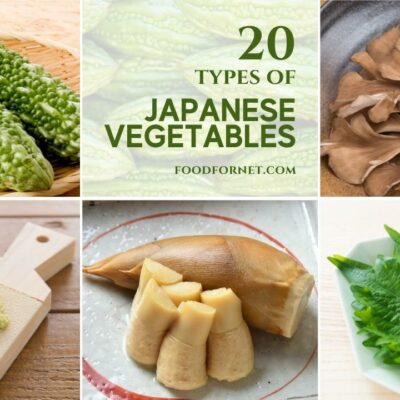

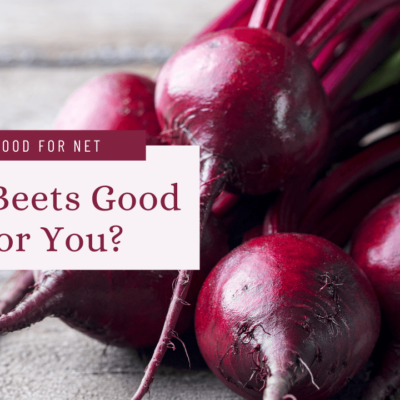
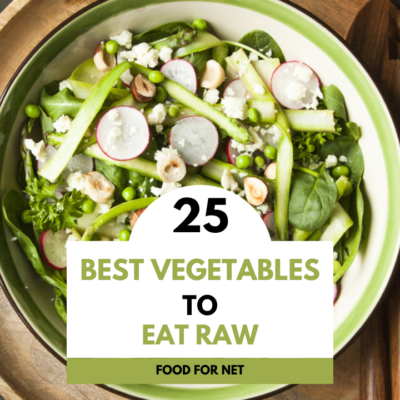
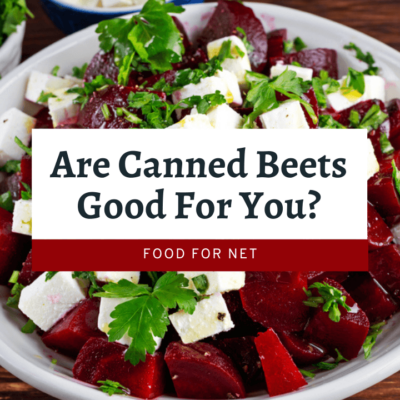


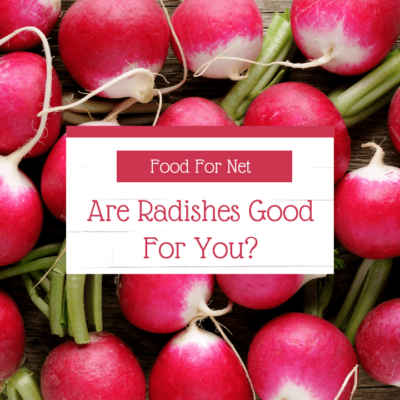



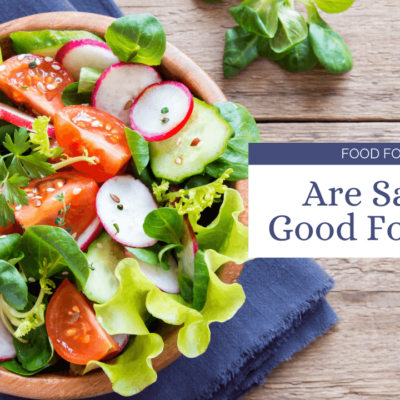

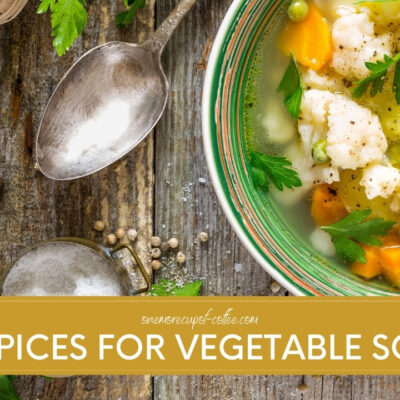

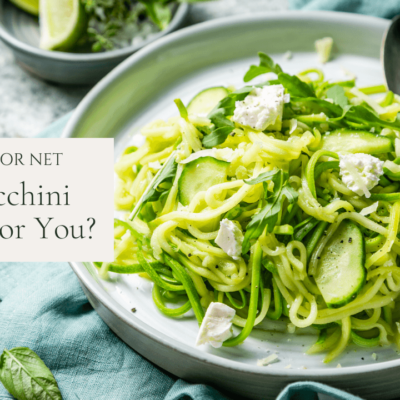
 What To Serve With Sweet Potato Fries
What To Serve With Sweet Potato Fries